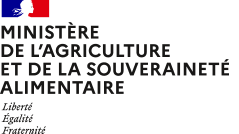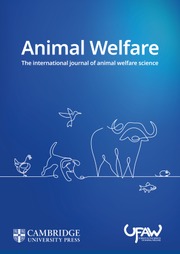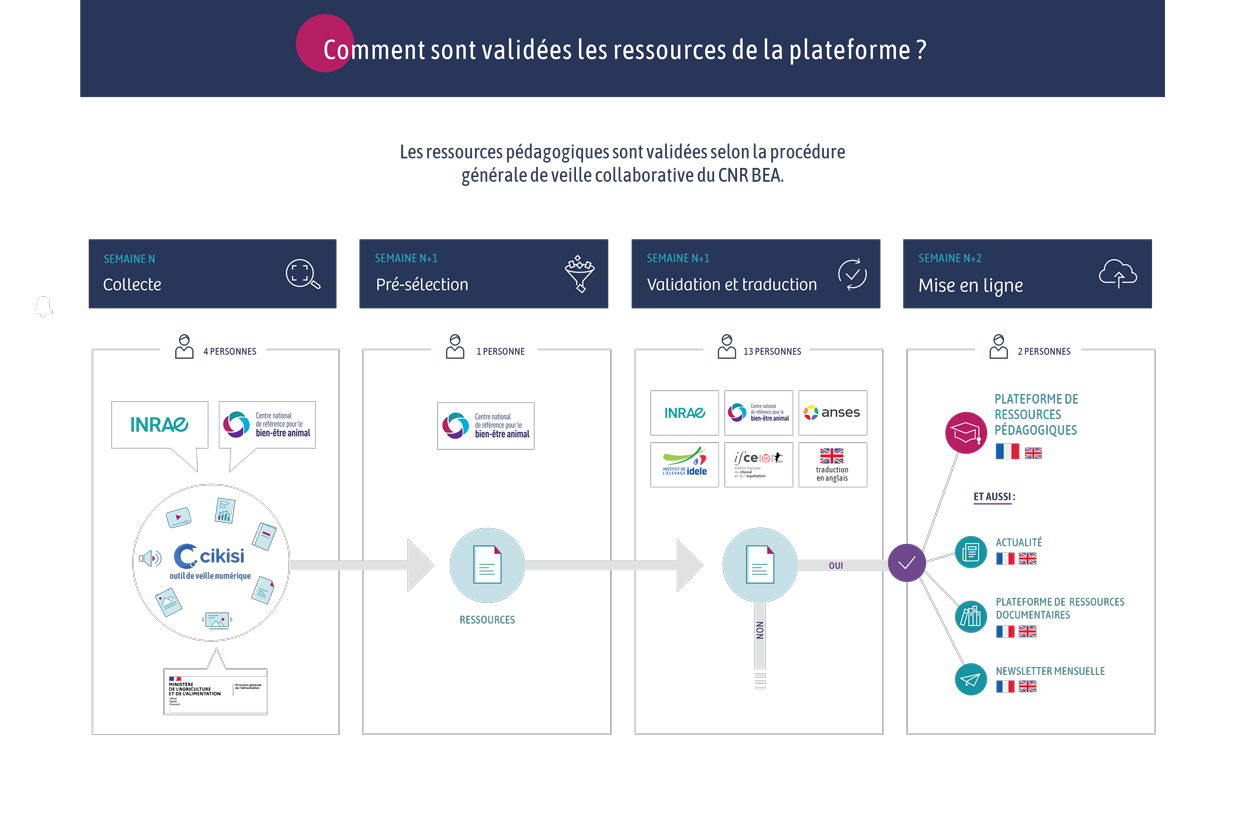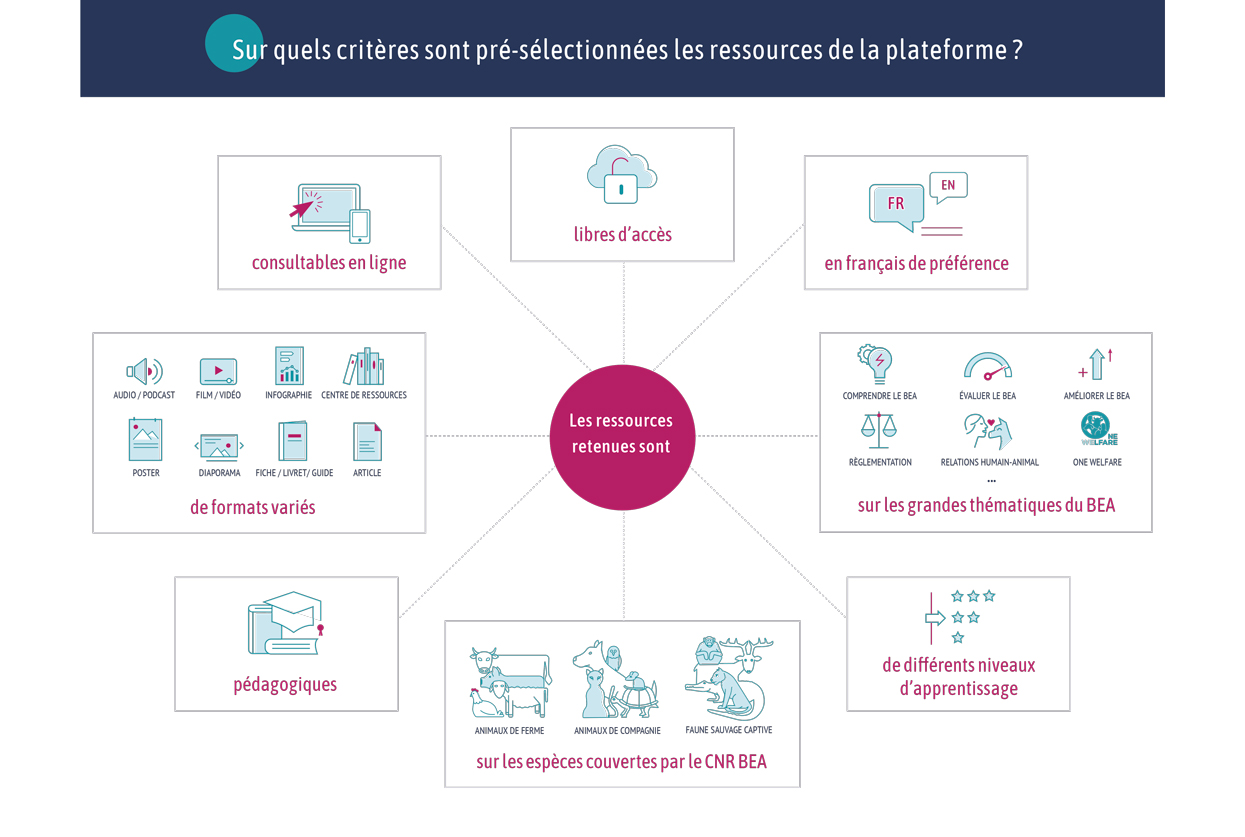Document type: article published in 3trois3.com
Author: G. Gambarini
Preview: Tail biting on pig farms is a well-known problem, and is both an economic and an animal welfare issue (Schrøder-Petersen & Simonsen, 2001). Indeed, as well as being a sign that animals are suffering, tail biting is in itself a cause of stress and pain for them and can lead to infection and disease. It also results in economic losses as medicines are required, weight gain is reduced, and carcasses can be rejected (Arnott et al., 2014). In ethological terms, it is a hetero-directed abnormal behavior that occurs sporadically and unpredictably, with risk factors being related to both the environment and the characteristics of individual animals (Ursinus et al., 2014). In general, tail-biting events are triggered in two key sets of circumstances (Valros A., 2017):
- various risk factors increase animals' stress levels;
- high levels of stress affect several motivational systems, including those that regulate exploratory behaviors, social behaviors, feeding behaviors and thermoregulation.
More specifically, three different motivational levers have been identified, each corresponding to a specific behavioral pattern (Taylor et al., 2010):
- two-stage
- sudden-forceful
- obsessive
Two-stage model
This is the most widely studied model and is characterized by two phases, the first of which is a pre-injury phase, with actual lesions following later. In the first phase, a pig manipulates the tail of another pig with its mouth, without causing injury and without provoking any reaction from the pig being manipulated (tail-in-mouth phase). Further manipulation leads to the formation of small abrasions or lesions, which can be severe, and these cause bleeding. At this point, the pig under attack displays an avoidance reaction. The cause of this pattern seems to be the absence of appropriate substrate allowing exploratory behaviors, leading the pig to explore its pen-mate's tail as the only "material" available. Providing animals with adequate environmental enrichment may be a good preventive strategy, although it's not clear how effective this can be in a situation where biting is already underway. It is also advisable to remove the biting animal from the group.
Sudden-forceful model
The second pattern is less studied and is often described as cannibalism. It involves aggressive behavior manifested by a sudden, violent bite, resulting in immediate injury to the tail and a subsequent reaction by the bitten animal. In this case, the cause appears to be lack of access to resources, and the preventive strategy is therefore to reduce competition for space, a place to rest, feed, drinking water or enrichment. In this case too, it may be advisable to remove the biter from the group.
Obsessive model
The third pattern occurs when a pig repeatedly grasps and pulls at the tail of another pig, causing the victim to react. The biter engages in this behavior repeatedly and is constantly looking for a tail to bite, indicating obsessive behavior. The cause is unknown, but could be linked to the individual's intrinsic characteristics, possibly related to the way the biter metabolises protein or its state of health (Czycholl et al., 2023). It may be possible to reduce tail biting by identifying and culling pigs with this sort of tendency.
Some researchers have been able to identify a fourth behavioural pattern, characterized by a sudden event that provokes tail damage, both mild and severe, and spreads rapidly within and between pens. It appears to be caused by sudden changes to the living environment, e.g. feed or temperature, which should therefore be avoided to prevent the occurrence of this phenomenon (Valros A., 2018). For all models, it is clear that a significant attraction to blood is involved (albeit with great variability among individuals), which would explain why even a minor injury will increase the motivation to bite, even in pigs who did not cause the initial injury (Fraser, 1987). Imitation, which for pigs is fundamental to the process of learning, also plays a role in the spread of an outbreak.
Identifying the behavioural model involved is important in deciding what measures to take. Manipulable materials should always be provided to reduce competitiveness for food and space, but above all, farmers should intervene rapidly as soon as the phenomenon is identified.






